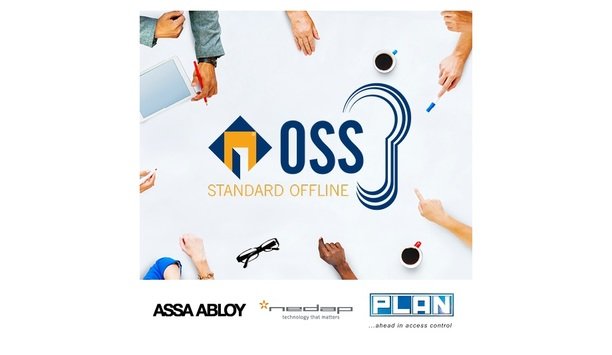Ray Phillips

Ray Phillips
Managing Director, Aurora Computer Services LtdNews mentions
As solutions proliferate in the access control market, interoperability has never been a more pressing topic. A recent industry report finds: "91% (of professional respondents to a survey) agree integ...
Pioneering facial recognition specialist, Aurora, has launched FaceSentinel, the world's first biometric access control authentication product powered by Deep Learning. Designed for integration with e...



























